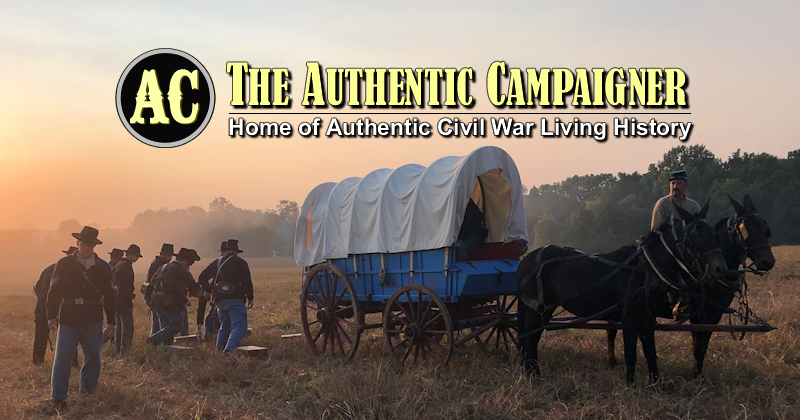Given that ...
Heavy or foot-artillery is that portion which takes charge of and manoeuvres the siege, sea -coast, and mountain -artillery. Light or field-artillery, is that portion which manoeuvres field -pieces with troops in the field. It is divided into horse-artillery and mounted batteries. Artillerist's Manual (Gibbon, 1859 & 1863)
With the horse-artillery being with the cavalry and the mounted batteries being with the infantry, I was wondering where I might find information on the small arms and accoutrements used by the cannoneers for the mounted batteries. They look like infantry, they smell like infantry, so I'm thinking they carried the same small arms of the infantry ... but I'd like to find out for sure.
Thanks, in advance, for your help.
Terrance J. Dull
aka "Terry"
Heavy or foot-artillery is that portion which takes charge of and manoeuvres the siege, sea -coast, and mountain -artillery. Light or field-artillery, is that portion which manoeuvres field -pieces with troops in the field. It is divided into horse-artillery and mounted batteries. Artillerist's Manual (Gibbon, 1859 & 1863)
With the horse-artillery being with the cavalry and the mounted batteries being with the infantry, I was wondering where I might find information on the small arms and accoutrements used by the cannoneers for the mounted batteries. They look like infantry, they smell like infantry, so I'm thinking they carried the same small arms of the infantry ... but I'd like to find out for sure.
Thanks, in advance, for your help.
Terrance J. Dull
aka "Terry"





Comment